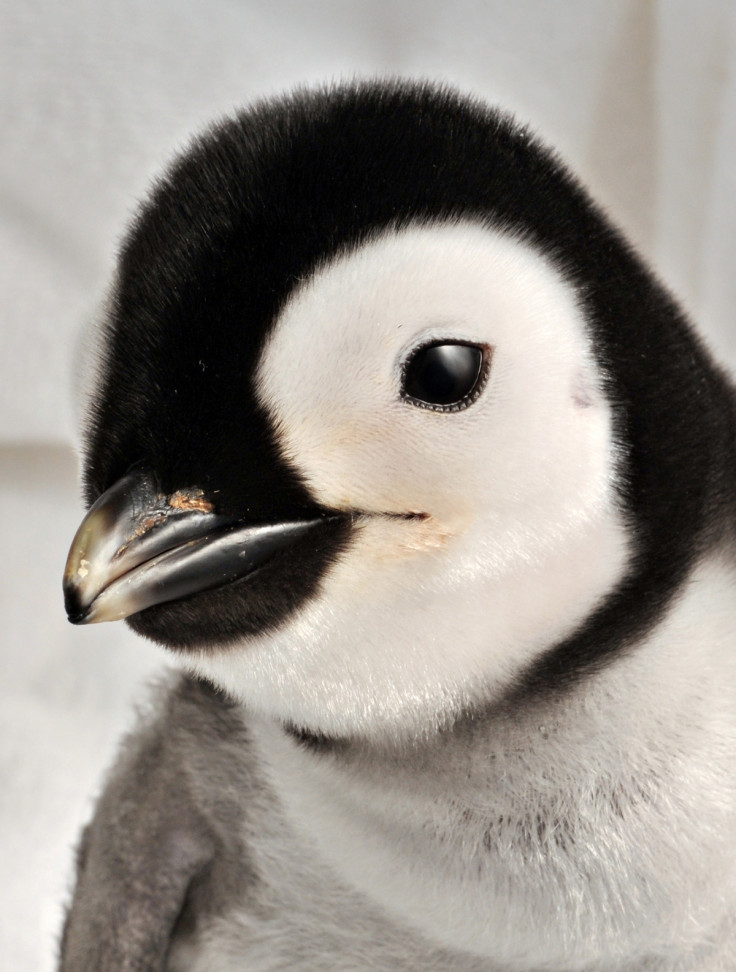Pointe Géologie: 'March of the Penguins' Isn't That Difficult After All

The emperor penguin colony featured in the award-winning documentary March of the Penguins does not make the same difficult trip to breed every year, scientists have discovered.
Researchers at the University of Minnesota used satellite images to map the real march of the penguins over several years.
It was previously believed that the Pointe Géologie colony of emperor penguins from the film would return to the same location every year to breed.
This colony has been studied for over 60 years and in recent times, researchers have become increasingly concerned that retreating sea ice will have an adverse effect on the colony. In the late 1970s, the Pointe Géologie population declined by half, which was thought to have been due to poor survival rates as a result of warming temperatures.
However, the researchers have now found this is not necessarily the case, with researchers discovering penguins may have adapted to the changing environment better than expected.

Published in the Ecography and presented at the Ideacity conference in Toronto, the study findings showed at least six instances in three years where emperor penguins did not return to the same spot to nest.
Satellite images showed Pointe Géologie is not isolated at all, with plenty of other colonies easily reachable for an emperor penguin.
Lead author Michelle La Rue said: "Our research showing that colonies seem to appear and disappear throughout the years challenges behaviours we thought we understood about emperor penguins. If we assume that these birds come back to the same locations every year, without fail, these new colonies we see on satellite images wouldn't make any sense.
"These birds didn't just appear out of thin air—they had to have come from somewhere else. This suggests that emperor penguins move among colonies. That means we need to revisit how we interpret population changes and the causes of those changes."
La Rue said their findings might indicate that the birds did not die in the 1970s, but had just moved to one of the different spots to breed.
"If we want to accurately conserve the species, we really need to know the basics. We've just learned something unexpected, and we should rethink how we interpret colony fluctuations."
© Copyright IBTimes 2025. All rights reserved.






















